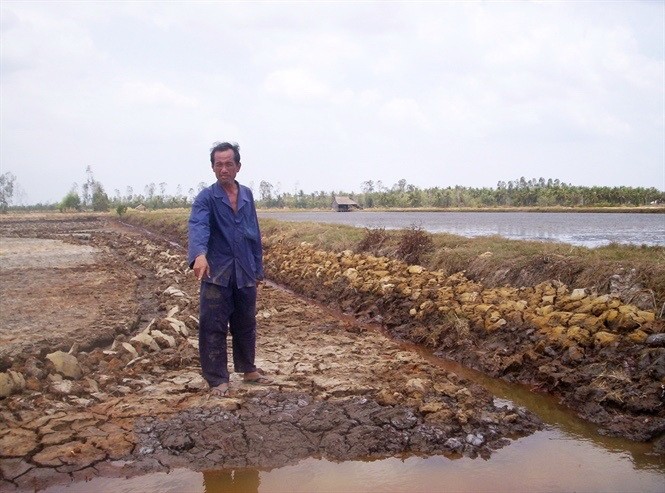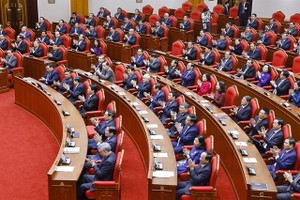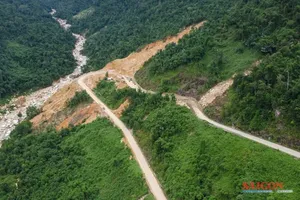The Government should offer policy support for rice farmers in chronically drought-stricken areas, enabling them to switch to other crops, a conference to review the 2015-16 winter-spring crop in the south-central and Central Highlands provinces heard.

“Farmers need such policies to feel secure,” Nguyễn Đức Hòa, deputy chairman of the Bình Thuận Province People’s Committee, which hosted the conference, was quoted as saying in Thời báo Kinh Tế Việt Nam (Việt Nam Economic Times) newspaper.
Since the 2014 summer-autumn rice crop, drought has been a regular occurrence in south-central coastal provinces like Bình Thuận, Ninh Thuận, and Khánh Hòa. This year the drought has appeared earlier, hitting the winter-spring crop, and is likely to worsen by the time of the summer-autumn crop.
According to the Crop Production Department, with the drought and a reduction in the cropped area, the 2015-16 winter-spring crop is likely to see output fall by 129,000 tonnes year-on-year to 1.8 million tonnes.
To cope with the drought, the department has urged the Ministry of Agriculture and Rural Development to instruct farmers to plant earlier this year.
“Because of El Nino, high temperatures set in very early on a wide area and rainfall was 15 – 30 per cent lower than average; there was no rain at all in some places,” Nguyễn Văn Hòa, deputy head of the Department, said.
This has severely affected agriculture in south-central and Central Highlands provinces.
Statistics show that around 177,000ha in these provinces suffer from severe drought, including 167,000ha in the Central Highlands.
“The drought will continue and affect the next crop this year,” Hòa added.
Quảng Nam, Quảng Ngãi, and Bình Định provinces have advanced their cultivation schedule by 10 days to limit the impacts of the drought at the end of the crop. However, Bình Thuận, Ninh Thuận, and Khánh Hòa provinces have been unable to do that due to the effect of last year’s drought and a late harvest.
The Central Highlands provinces of Kon Tum, Gia Lai, and Đắk Lắk started planting as early as the end of last year.
The department encouraged farmers and local authorities to cultivate short- and very-short-term rice strains to avoid the impacts of the drought.
According to the Irrigation General Department, the dry season started in December 2015 and will end in June in the south-central region and in April in the Central Highlands.
Reservoirs in these provinces have mostly run out of water, causing shortages for both daily use and irrigation.
“The Government has agreed to provide VNĐ500 billion (US$23 million) to 34 provinces to fight the drought,” Nguyễn Văn Tĩnh, deputy head of the Irrigation General Department, said.
“We are considering using the money to drill wells, dig ponds and transport water.”
























